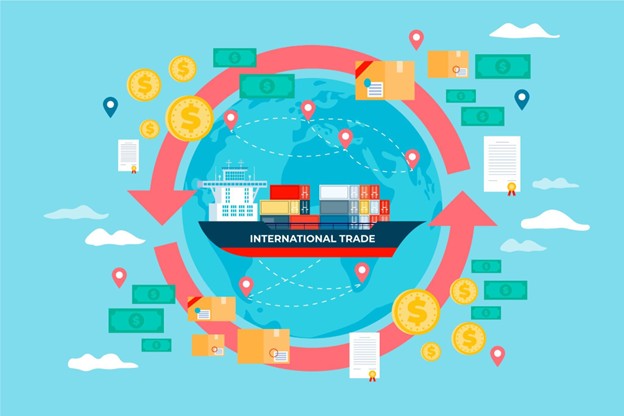Brace yourself, commodity prices are heading for a nosedive. That’s the latest from the World Bank, and it’s not just a random prediction.
It’s a clear signal that the global economy is slowing down, and tariffs are playing a big role in the slowdown.
According to the World Bank’s April 2025 commodity outlook, energy prices are expected to fall sharply this year and next. And we’re not talking small dips, we’re talking about the biggest price declines since the 1970s.
But why now? And what does this mean for countries, consumers, and investors?
The World Bank Points to Two Big Culprits
Rising tariffs, especially between major economies, are dampening global trade.
A slowdown in global demand, as economic uncertainty makes businesses and consumers tighten their belts.
When demand slows, prices drop. But that’s not all, supply is increasing in key areas like oil and gas, which is putting even more pressure on prices.
So, you’ve got weaker demand, rising supply, and trade friction from tariffs
Put all that together, and boom, prices start tumbling.
Energy Prices Will Be Hit the Hardest
If you’ve been at the gas pump lately or watching electricity bills, don’t get too comfortable. The World Bank says energy prices will see the steepest declines out of all major commodity categories.
That includes crude oil, natural gas, and coal.
This is partly because producers are ramping up output, especially in the U.S. and the Middle East, while economies like China and the EU are consuming less energy than projected.
Here’s Where Things Get Complicated
While falling commodity prices could help ease inflation in places like the U.S. and Europe (finally, some relief!), they could be devastating for developing countries that depend on raw material exports.
For example, Oil-dependent nations like Nigeria, Angola, and Venezuela might see major budget shortfalls, and agricultural exporters in Africa and Latin America could face lower incomes from cash crops like coffee, cocoa, and cotton.
In short, rich countries might save on fuel, but poorer ones might suffer deep losses.
A Wild Ride Since 2020
According to the World Bank, the period from 2020 to 2025 has been the most volatile era for commodities since the 1970s.
Prices have been going up and down faster than ever, thanks to COVID-19 supply chain shocks, Russia’s invasion of Ukraine, inflation surges, green energy transitions, and now… rising tariffs.
So if the last five years felt like an economic rollercoaster, you’re not imagining things.
Keep Your Eyes Peeled Open
Tariff talks, especially between the U.S., China, and the EU. Trade decisions could quickly shift the outlook.
OPEC+ production levels, such as any cuts or increases from oil-producing countries, will move prices up or down.
A rebound in global demand could stabilize or reverse the drop in prices.
Climate and geopolitical risks, like droughts, floods, or conflict zones, can cause sudden supply shocks.



